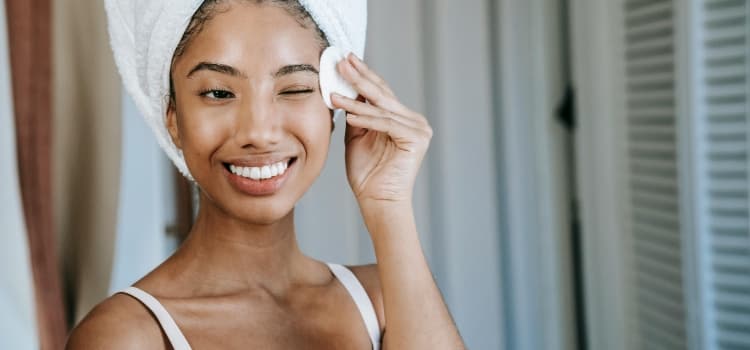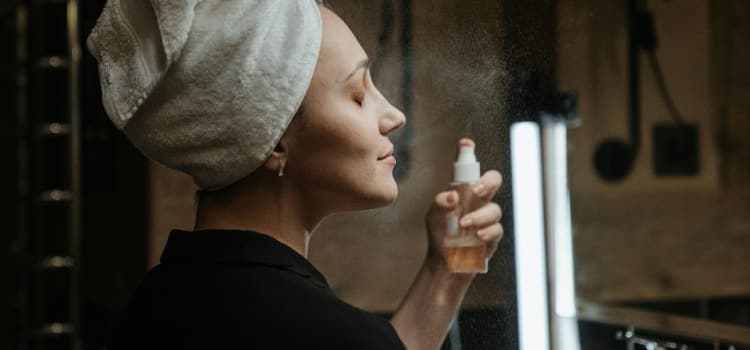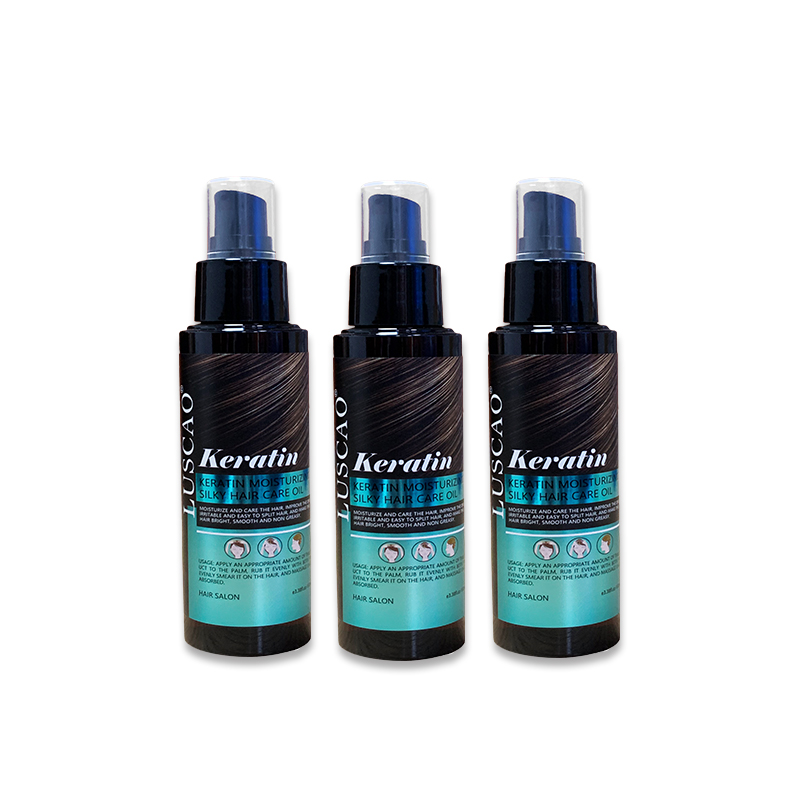Why Most Acne Treatment Products Fail — And What Today’s Best-Selling Brands Are Doing Right
Acne. It's a universal problem — affecting 85% of people at some point in their lives — yet many products that promise clear skin do little more than dry it out or mask the issue.
Despite overwhelming demand for effective acne solutions (estimated at $13.4 billion globally by 2030), most over-the-counter products fall short. And savvy consumers in the U.S. and beyond are tired of buying creams, serums, and face washes that simply don’t deliver long-term results.
If you're a skincare brand owner, cosmetic startup, or B2B buyer looking to succeed in the acne niche, you need to know why traditional acne products fail — and how modern brands are reshaping the category with real science, better ingredients, and a smarter approach.
Let’s take a look at what’s going wrong — and how you can get it right.

Pain Point #1: Harsh Formulas That Damage Skin Barrier
The Problem:
Most traditional acne treatments rely too heavily on alcohol-based formulas or high concentrations of benzoyl peroxide, which strip the skin, disrupt the microbiome, and cause excessive dryness, flaking, or redness — especially for sensitive or acne-prone users.
The Solution:
Today’s leading acne brands are formulating with barrier-friendly alternatives and pairing active ingredients with soothing agents. Popular choices include:
- Encapsulated salicylic acid for controlled exfoliation
- Niacinamide for inflammation and red spots
- Centella Asiatica and allantoin for calming
- Zinc PCA to control oil without irritation
What smart brands do: Create formulations that treat acne at its root — without wrecking the skin in the process.
Pain Point #2: One-Size-Fits-All Solutions That Ignore Skin Types
The Problem:
Acne affects more than just teenagers with oily skin. Adults, women with hormonal imbalances, and teens with combination or sensitive skin all have different needs. And yet, many products are formulated generically.
The Solution:
Segment your product line to serve multiple profiles:
- Gel-based serums for oily/acne-prone skin
- Cream formulas with ceramides for dry/sensitive acne
- Hormonal acne treatment with botanicals like green tea, retinoids, or azelaic acid for adult users
What smart brands do: Personalize the acne-clearing journey — with targeted solutions that meet different user needs.

Pain Point #3: Lack Of Visible Results, Leading to Low Repurchase
The Problem:
In the hyper-competitive U.S. skincare market, if your acne product doesn’t show improvement in 2–4 weeks, most customers drop it for the next trending brand.
The Solution:
Formulas must balance speed and skin safety — with active levels designed to show results quickly, but not aggressively.
Speed and efficacy ingredients include:
- 2% salicylic acid (BHA)
- Azelaic acid (15–20%)
- Retinol (micro-dosed or encapsulated)
- Bakuchiol (non-irritating alternative to retinoids)
- Mandelic acid (ideal for darker skin tones)
Companies that offer visible timelines (e.g., 78% of users saw reduced breakouts in 21 days) increase consumer confidence and retention.
What smart brands do: Combine fast-acting formulas with real-life test results and honest claims that build trust.
Pain Point #4: Ignoring Diverse Skin Tones & Textures
The Problem:
Most acne treatments are formulated for lighter skin types — but they often cause PIH (post-inflammatory hyperpigmentation) in melanin-rich skin. Plus, deeper skin tones may be more prone to scarring and discoloration.
The Solution:
Brands must formulate with hyperpigmentation and long-term tone balancing in mind. This means adding:
- Tranexamic acid
- Licorice root extract
- Kojic acid
- Vitamin C derivatives like MAP or SAP
What smart brands do: Create inclusive skincare that works — without compromising safety or long-term skin tone.
Pain Point #5: Greenwashing Without Clinical Backing
The Problem:
Consumers in 2024 want safe + effective skincare — but they’re getting smarter about greenwashing. A “natural” label isn’t enough if the product doesn’t show results.
The Solution:
Offer clean beauty — without compromising potency. Leverage plant-based ingredients that are supported by research:
- Tea tree oil (anti-bacterial, anti-inflammatory)
- Willow bark extract (natural BHA)
- Sulfur for cystic acne
- Probiotics to balance skin’s microbiome
What smart brands do: Use nature + science — and prove it with clinical claims, trial stats, and ingredient transparency.
Building a Winning Acne Product: What to Look for in a Manufacturer
To compete globally — especially in the demanding U.S. market — your OEM/ODM partner must be able to:
✔️ Formulate with trending anti-acne ingredients
✔️ Prove efficacy with test-based data
✔️ Offer full compliance with FDA/CPNP standards
✔️ Provide sustainable, safe, and scalable packaging
✔️ Customize according to your target demographic
If you're planning to launch the next big acne solution, the opportunity is huge — but only if you truly solve the problem your customers are facing.
Ready to build acne care products that deliver results?
 The Ultimate Game-Changer for Damaged Hair: Discover the Power of Liquid Keratin Hair Masks
The Ultimate Game-Changer for Damaged Hair: Discover the Power of Liquid Keratin Hair Masks
 Keratin Hair Oil: The Quick Fix for Frizz-Free, Healthy Hair
Keratin Hair Oil: The Quick Fix for Frizz-Free, Healthy Hair

